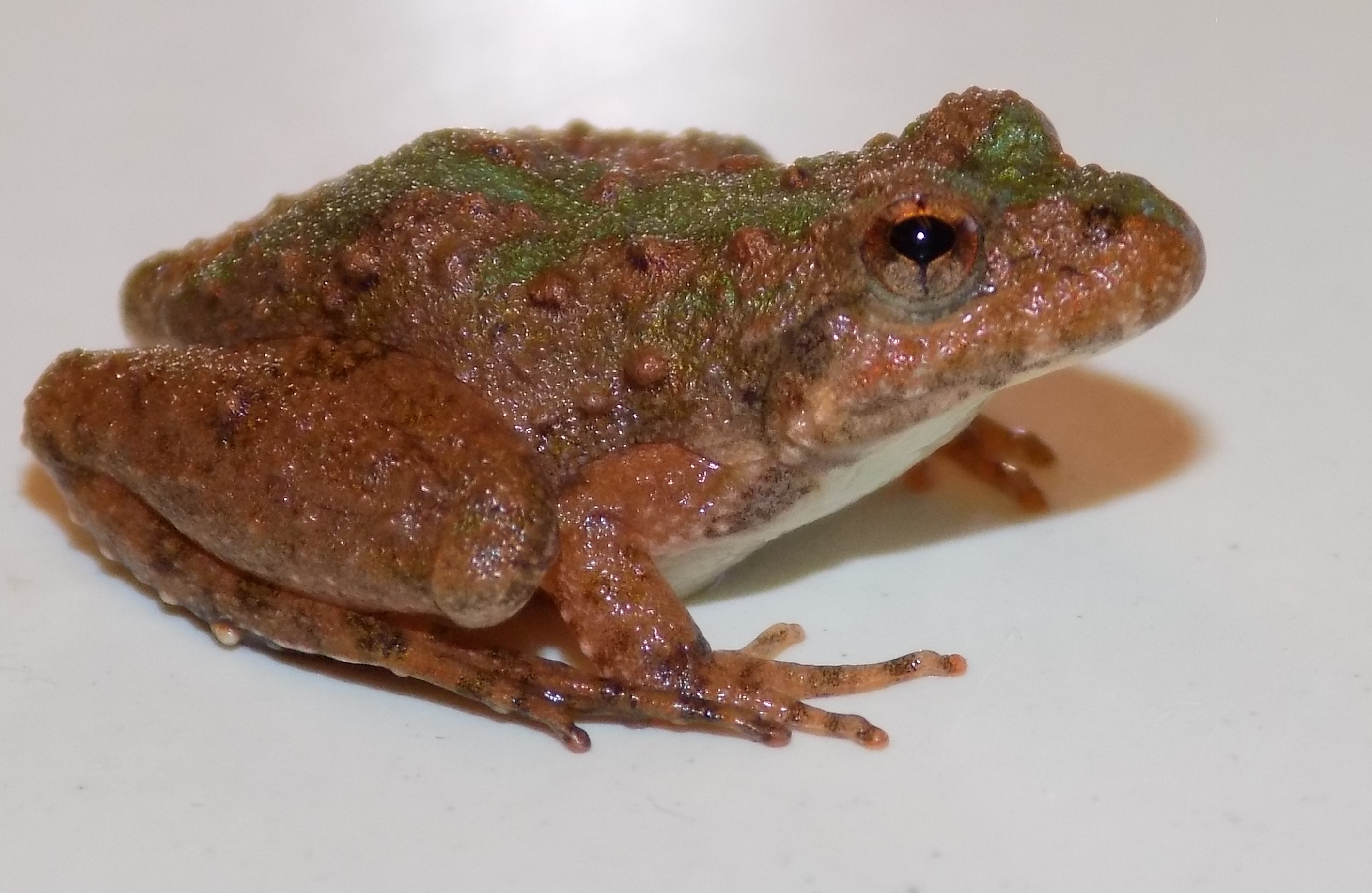Oklahoma Infectious Disease Citizen Science Project

Have you ever wanted to be a scientist? Or help a scientist make new discoveries? Join the Herpetology Department of the Sam Noble Museum in a brand-new citizen science project, where YOU become the scientist collecting real-world data!
What is Citizen Science? Citizen Science is an up and coming method of gathering scientific data collection by members of the general public, rather than traditional scientists. It is a great way to collect large quantities of data over a larger spatial scale than what can be collected by a couple of scientists. It also gives non-scientists new skills and an appreciation for nature. Citizen Scientists do require some training, in order to collect data in a standardized and consistent manner. The information contained in the linked pages will provide that information for you.
What is herpetology? Herpetology is the study of reptiles and amphibians. Reptiles can be easily described as scaled vertebrate animals with dry skin who lay hard-shelled eggs on land, such as alligators, turtles, lizards, and snakes. Amphibians are non-scaled vertebrate with moist, mucous-covered skin who lay jelly-like eggs in water, such as frogs, toads, and salamanders. Learn more about why amphibians are in decline globally!
What is chytrid? (pronounced kit-trid) The word chytrid is short for chytridiomycosis, a fungal disease that infects the keratinized structures on amphibians, such as skin and tadpole mouthparts (keratin is also present in your hair, skin, and nails). There are two forms of virulent chytrid: Batrachochytrium dendrobatis (Bd) infects frogs and salamanders and Batrachochytrium salamandrivorans (Bs or Bsal) infects only salamanders. This study will focus on frogs, because Bs has not yet been found in the US. Bd however, is found in every state in the US, but very little is known about how common the disease is among frogs in Oklahoma until we began our research program in 2015. Our most up-to-date results, are available online by Oklahoma county and species, or via the following infographic. You can also search online at Bd Maps to see where other researchers have found chytrid in Oklahoma, or anywhere in the world. Chytrid spread can be enhanced by human activity too; learn more in our recent publication.
This is where you all come in! We can determine if a frog has chytrid by rubbing a swab, similar to a Q-tip, along certain places of their body and then testing for the presence of chytrid DNA. View this YouTube video on how to swab the frogs!
What will you get in the citizen science kit?
- 10 pre-sterile, individually packaged cotton swabs
- 10 pre-sterile, 1.5mL screwtop vials
- Instructions, datasheets, and permanent marker
- Oklahoma frog identification guide
If you are an Oklahoma teacher with access to a local pond or stream, we encourage you to participate with your students. Request a kit and download the complete Citizen Science teacher packet, which contains a lesson plan, sampling instructions, datasheets, student worksheets, background information. A list of science standards met by this outreach activity is also available for download. Middle and High School teachers may also appreciate the provided slideshow to facilitate associated in-class lectures or this Partners in Amphibian and Reptile Conservation (PARC) disease fact sheets or lecture video.
We really appreciate your willingness to participate in our Citizen Science screening for chytrid in Oklahoma, sponsored by the Herpetology Department of the Sam Noble Museum. Fill out the online application form, to request your kit today!
*** Due to ongoing COVID restrictions in personnel and funding, our citizen science program has been closed since Spring 2020 and has not yet reopened. ***
__________________
Check out interactive maps sharing the results from 2016, 2017, 2018, 2019, 2020-2021, or our combined results map. Have we tested near you? Click here to read a publication covering citizen science program results from 2016–2019.
__________________
We are nearly ready to share a high school to college level data-driven lab activity covering amphibian infectious disease results across Oklahoma. We are seeking high school and college level instructors to implement the program in their classroom, to help us fine tune the instructions before releasing on a nation-wide scale. Students will learn basic data management/Excel skills related to data cleaning, sorting, inputting formulae, and creating/editing graphs, before answering a series of questions. If you are interested in joining the pilot program, please fill out the survey at the following link. Materials available for download as of March 2023; submit your review by June 1, 2023.
__________________
Want to share a demonstration of our project with your students? Check out these awesome videos:
- YouTube channel, Alec in WILDerland, shares our research via an explanation and demonstration by citizen science participant, Derek Bateman. We encourage you to view the entire episode, but our project is highlighted from approximately 14:12 to 20:42. View the episode here.
- Angelina Stancampiano, Naturalist at Sequoyah State Park, also recorded an educational video about chytrid and how to prevent the spread locally.
Updated 3/20/23
